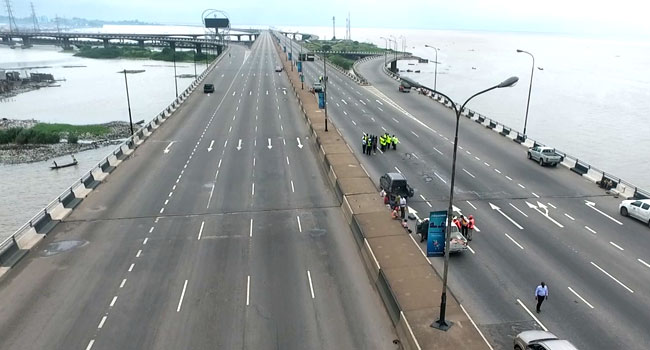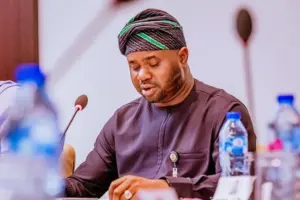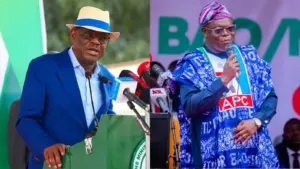The Federal Government has approved an extensive plan to either rehabilitate or completely reconstruct the Third Mainland and Carter bridges in Lagos, following alarming findings of severe underwater structural damage.
Minister of Works, David Umahi, disclosed this on Tuesday while presenting a memo to the Federal Executive Council (FEC) seeking approval for the project under an Engineering, Procurement, Construction, and Financing (EPC+F) arrangement.
According to Umahi, underwater inspections conducted in 2013 and 2019 revealed that the bridges’ piers—once stabilised by surrounding sand—have significantly deteriorated due to illegal sand mining, ocean currents, and corrosion.
Carter Bridge Beyond Repair, Third Mainland Requires Major Work
The minister explained that the Carter Bridge is no longer repairable, with experts estimating that rehabilitation would cost about ₦380 billion but would not be technically feasible. A full replacement is instead recommended, at an estimated cost of ₦359 billion, with funding discussions already underway with Deutsche Bank.
For the Third Mainland Bridge, a rehabilitation project is projected at ₦3.8 trillion, while full reconstruction would cost slightly less—around ₦3.6 trillion. “We approached the FEC to approve two options under the EPC+F model—either to rebuild the bridges or carry out comprehensive rehabilitation,” Umahi said.

Four Approvals Granted by FEC
The minister revealed that FEC granted four key approvals for the Lagos bridges:
-
Engagement of at least seven specialist contractors to conduct in-depth investigations, prepare designs, and bid for reconstruction or rehabilitation.
-
Execution under a Public-Private Partnership (PPP) financing model.
-
Use of the selective procurement method for EPC+F works.
-
Collaboration with private financiers, with Deutsche Bank already in talks.
Strategic Importance of the Third Mainland Bridge
Built between 1976 and 1990, the Third Mainland Bridge was once Africa’s longest bridge until Cairo’s 6th October Bridge surpassed it in 1996. It remains a critical link between Lagos Mainland and Island, but decades of use have left it increasingly vulnerable.
In recent years, the bridge has undergone major rehabilitation, including a 110-day phased repair between May and September last year. On August 8, the federal government further restricted heavy-duty vehicles from using it over structural safety concerns.
Other Ongoing Infrastructure Projects
Umahi also confirmed updates on other infrastructure works, including the reviewed Kano–Katsina Road project, now budgeted at ₦68 billion for the first section and ₦96.155 billion for the second. He further listed approved interventions for the Jalingo Bridge in Taraba, the Iddo Bridge, and the Keffi Flyover Bridge.
The minister reaffirmed the government’s commitment to safeguarding critical infrastructure and addressing Nigeria’s broader transport challenges.
Join TVC News WhatsApp and Telegram Channels – @TVCNewsNigeria for quick access to News and Happenings around you





